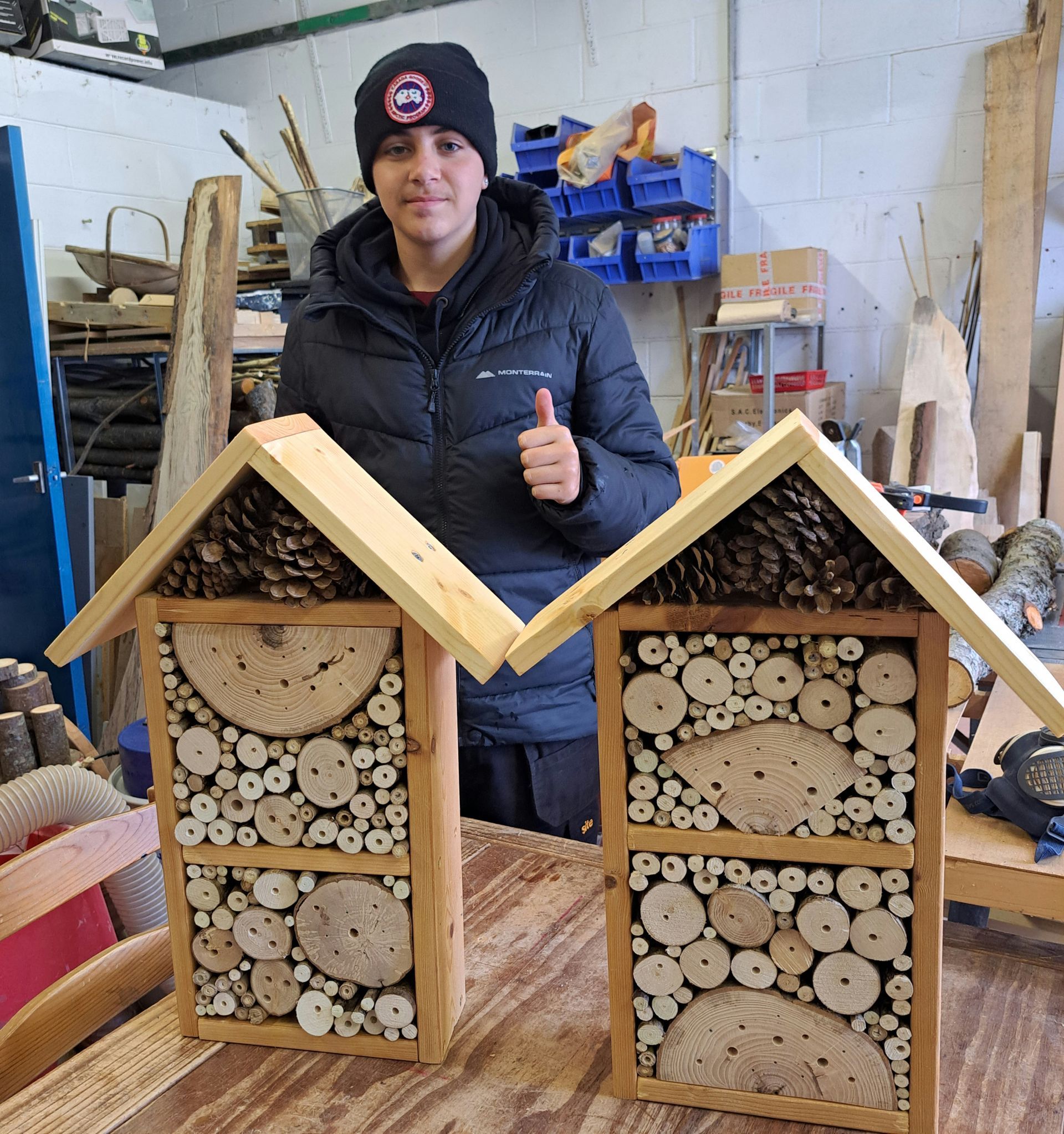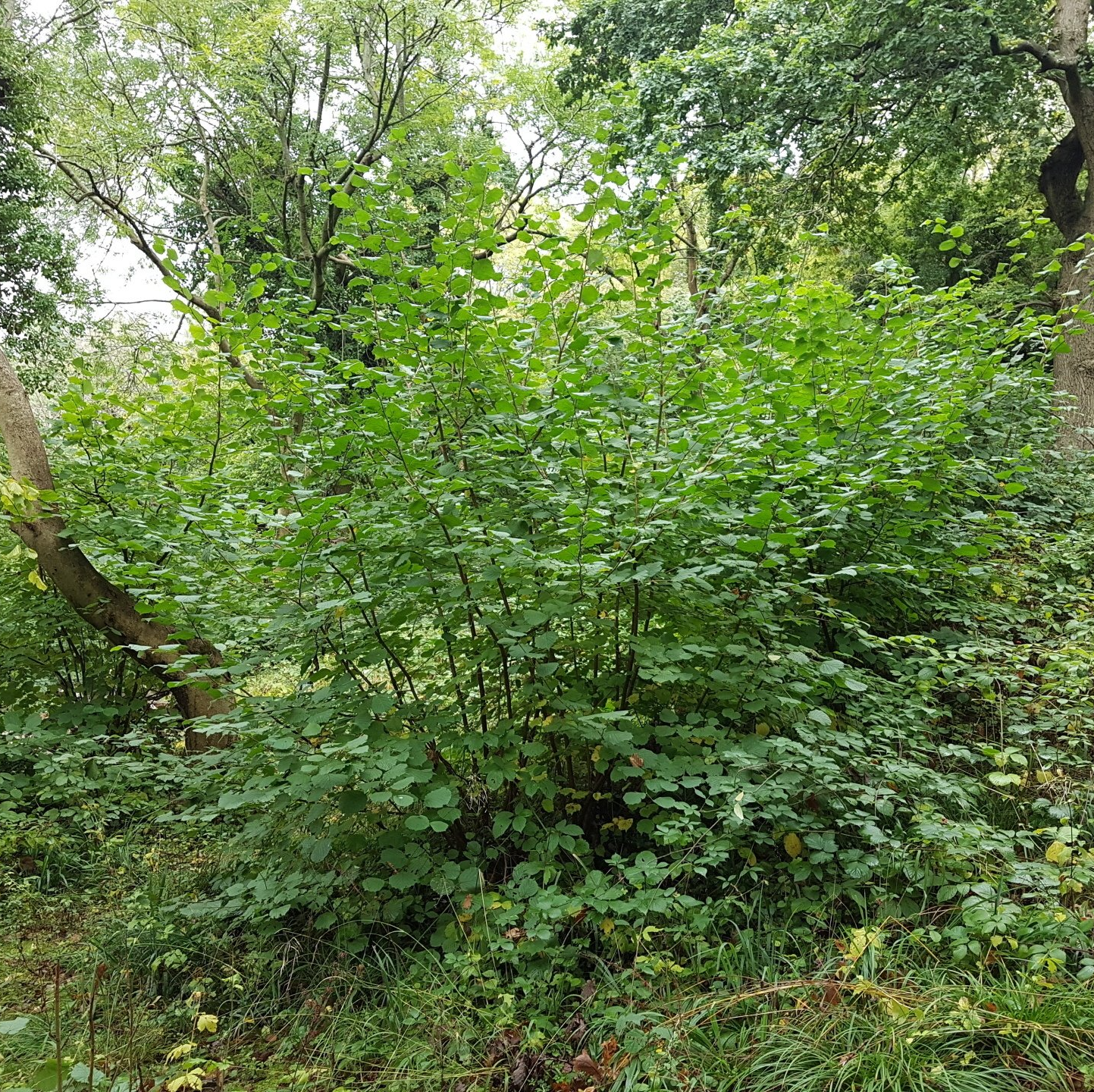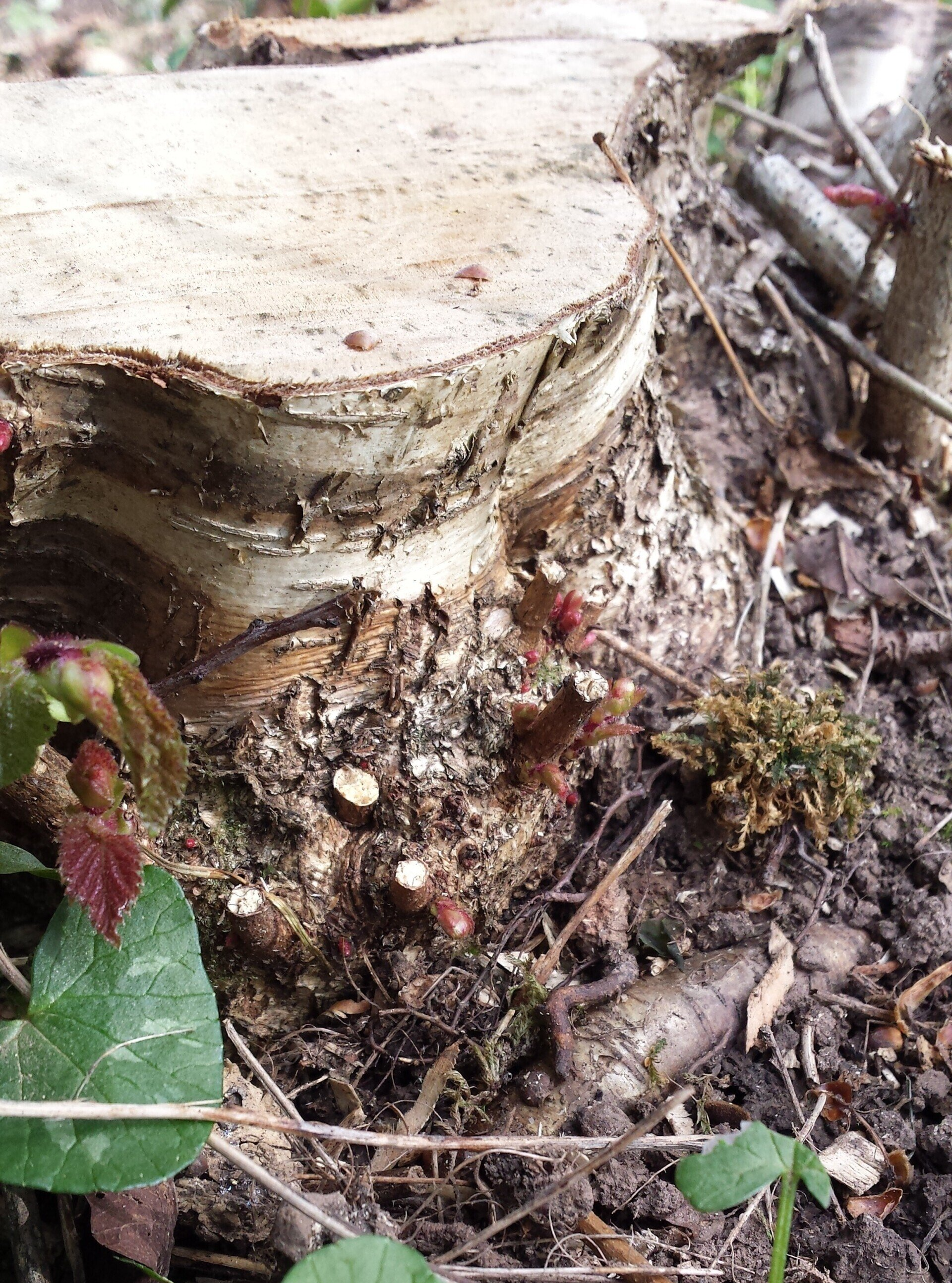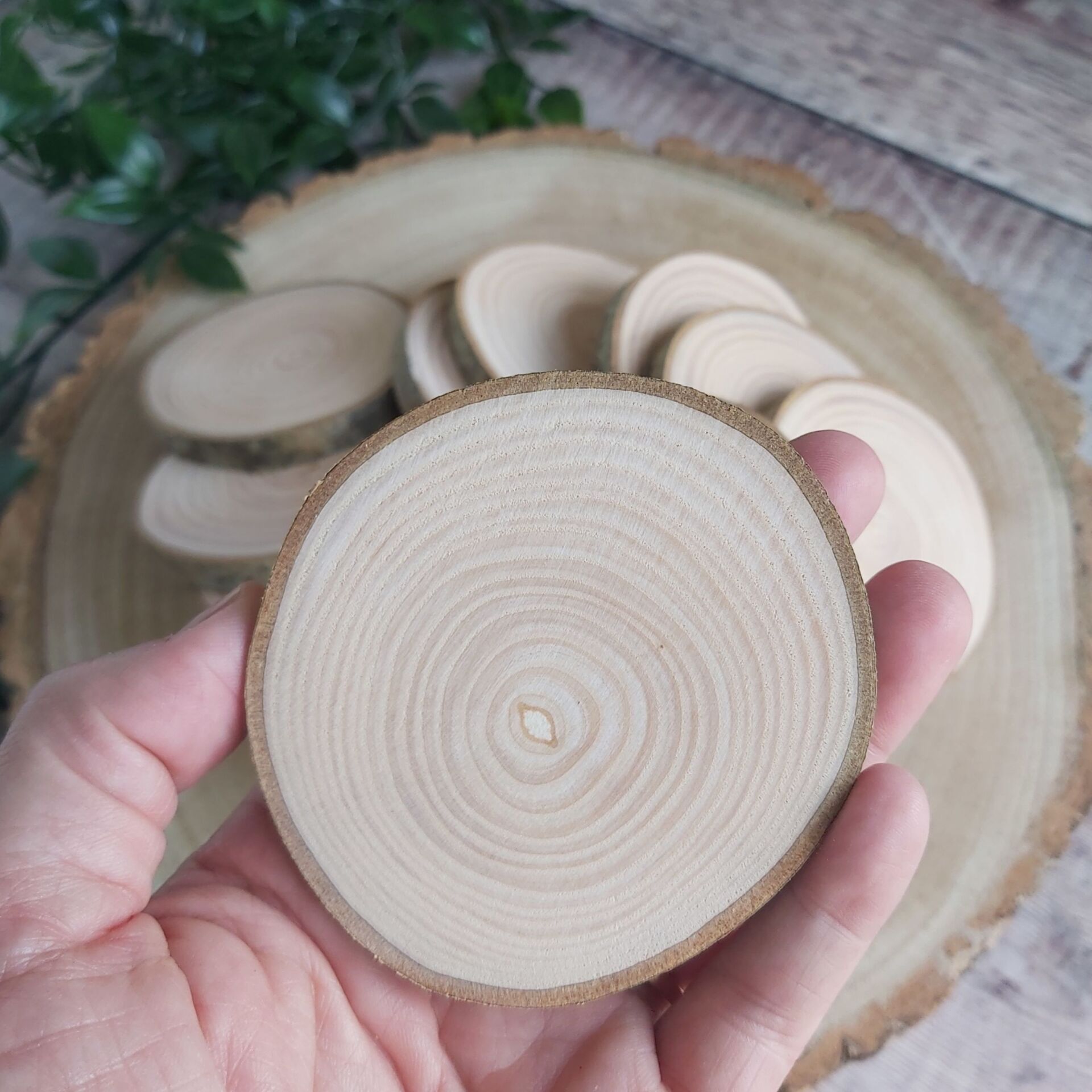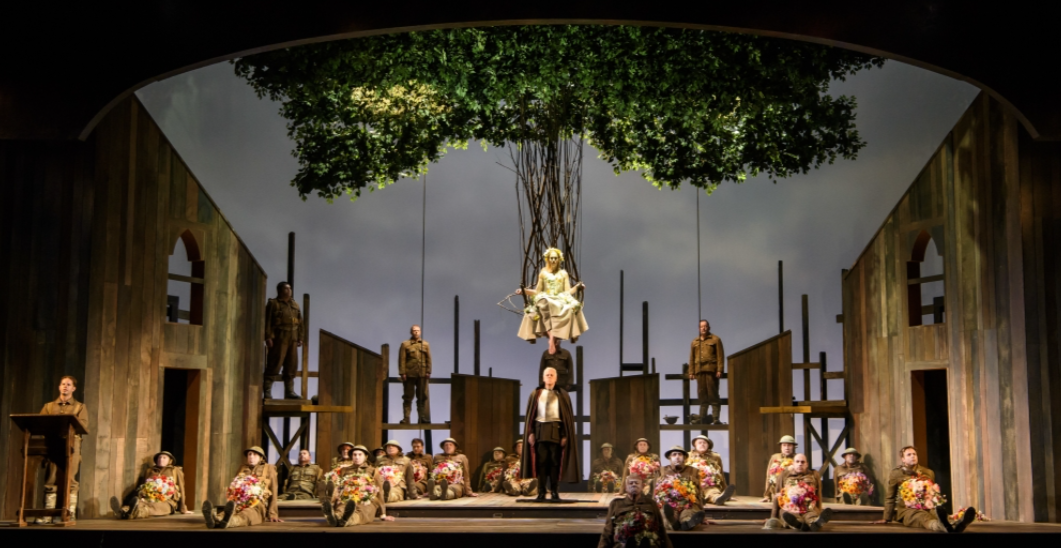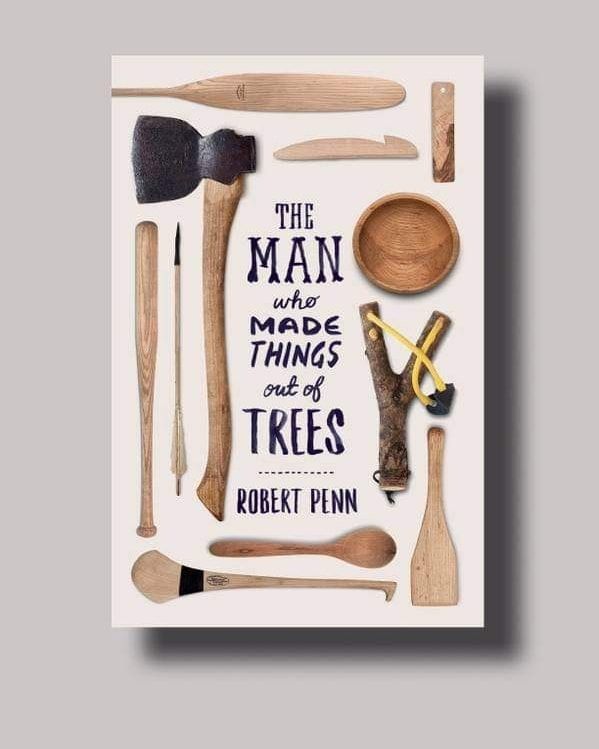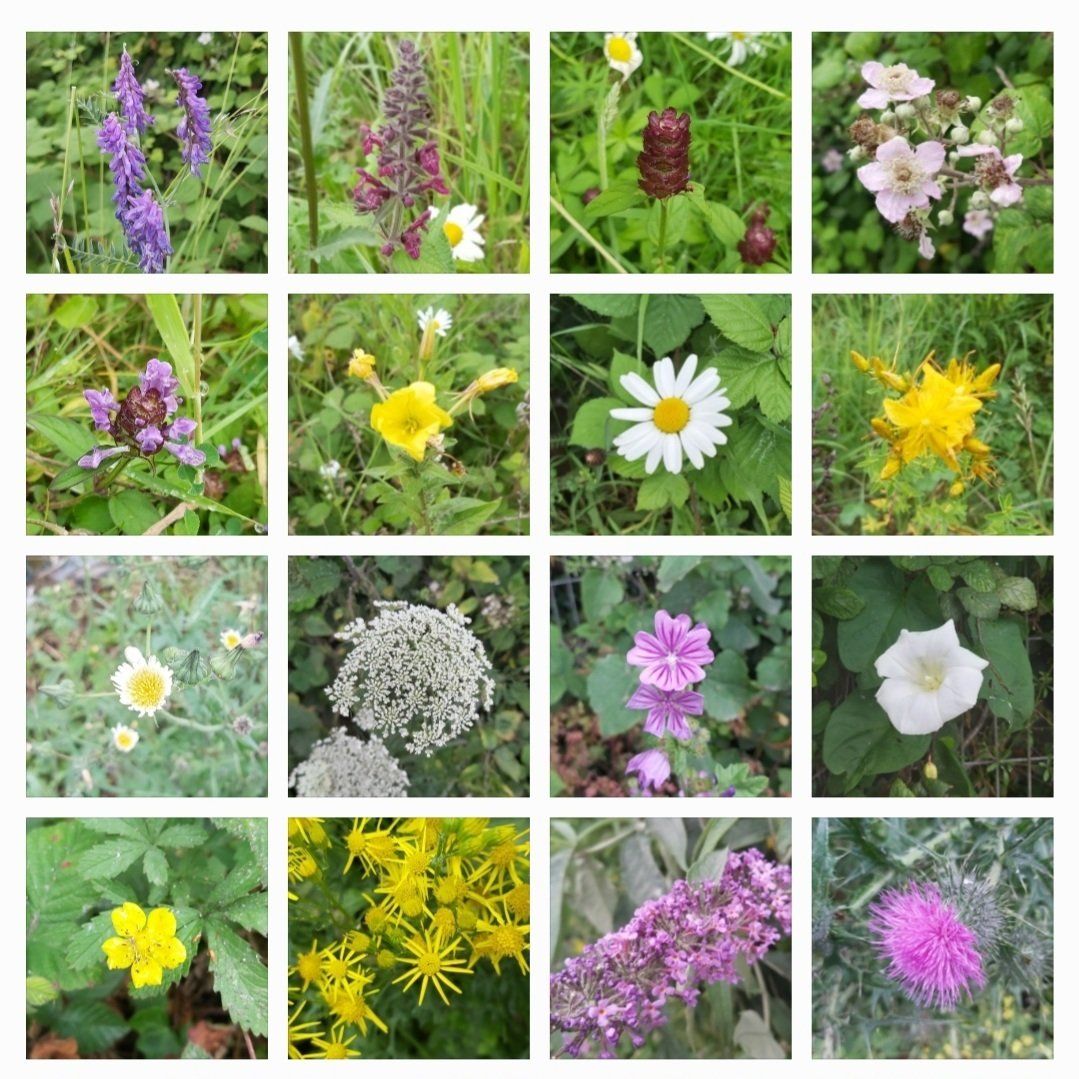What is coppicing?
What is Coppicing?
'Most British broadleaf trees coppice well'
Coppicing is a traditional form of woodland management where trees are repeatedly cut down and then left to regrow to produce a regular, sustainable wood crop.
Coppicing dates back to pre-history and is a practice that continues to this day, albeit to a lesser extent.
Most British broadleaf trees coppice well, the most common being hazel, willow, sweet chestnut, and oak.
How
Coppicing involves cutting the trees down as close to ground level as possible to 'shock' the trees into putting increased energy into regrowth.
Why
This increase in energy creates faster-growing multi-stemmed trees ready for harvesting.
If done correctly, cutting low enough allows the regrowth to emerge from the roots, which results in larger, more robust root systems. All of this increases the health and longevity of the tree.
Hazel left uncoppiced will live for approximately 70 years. However, if coppiced regularly, hazel can live up to over 350 years old.
The regrowth can be substantial. Up to 6ft in the first year for hazel, in particular, slowing down to a couple of feet each year.
History
Historically coppicing was used to create a regular crop of equally sized timber for housing and stock proofing.
A fantastic Bronze Age settlement discovered in Peterborough, called Flag Fen, provides evidence of coppicing in Britain dating at least 3,500 years ago.
Perfectly preserved in the waterlogged peat bogs of the fens are coppiced oak and hazel poles still showing axe marks.
Products
Each tree species is grown and coppiced for different products based on that species' natural characteristics.
Some tree species are more flexible than others; some are stronger, some are more resistant to water.
Each tree species can have numerous associated products, too many to name here, but the most common are;
Hazel
- Hurdles (woven fence panels), traditionally used for sheep fencing, but more recently as decorative garden fencing.
- Thatching spars, used in the thatching of roofs to secure the thatch in place, think giant hairpins!
- Hedge laying stakes and binders. (Hedge laying is the management of hedgerows, another traditional rural craft closely associated with coppicing).
- Garden and gardening items such as beanpoles, pea sticks and plant supports.
Willow
- Mainly coppiced for weaving and used in basketry and garden structures. Also being tested as a bio-mass crop.
Sweet chestnut
- Fencing (chestnut paling), gates and fence/gate posts.
Oak
- Is commonly coppiced for its bark, which is used in the tanning industry. It is the only species coppiced during the summer.
Frequency
The frequency of coppicing is important.
Different tree species are coppiced at different intervals depending on the product and the characteristic of the materials used.
Willow is cut annually, as it needs to be thin and flexible for weaving.
Hazel, is generally cut every seven years, and sweet chestnut can be anywhere from 15 – 20 years to give it the size and, therefore, the strength required for fencing.
Conservation
Today, coppicing is also increasingly used as a conservation tool due to its benefits on the trees themselves and the varying habitat they create for a large variety of flora and fauna, including woodland flowers, insects, birds, and small mammals.
When
Hinted at above, coppicing is a winter activity.
The overall volume of the tree is much less when the leaves fall off, so it is easier to manage.
The 'sap is down', meaning the goodness in the tree, seeps back down into the root system, protecting it for the winter.
The bark is harder to remove when the sap is down, which naturally protects the products you make. This is why oak is coppiced in the summer, as it is the bark you want.
Ladyhill Wood
I coppice a 9-acre ancient semi-natural woodland called Ladyhill Wood in Newport on behalf of the local authority.
I do this as a volunteer as a coppice restoration project.
You can find out more about how I got into coppicing here.
